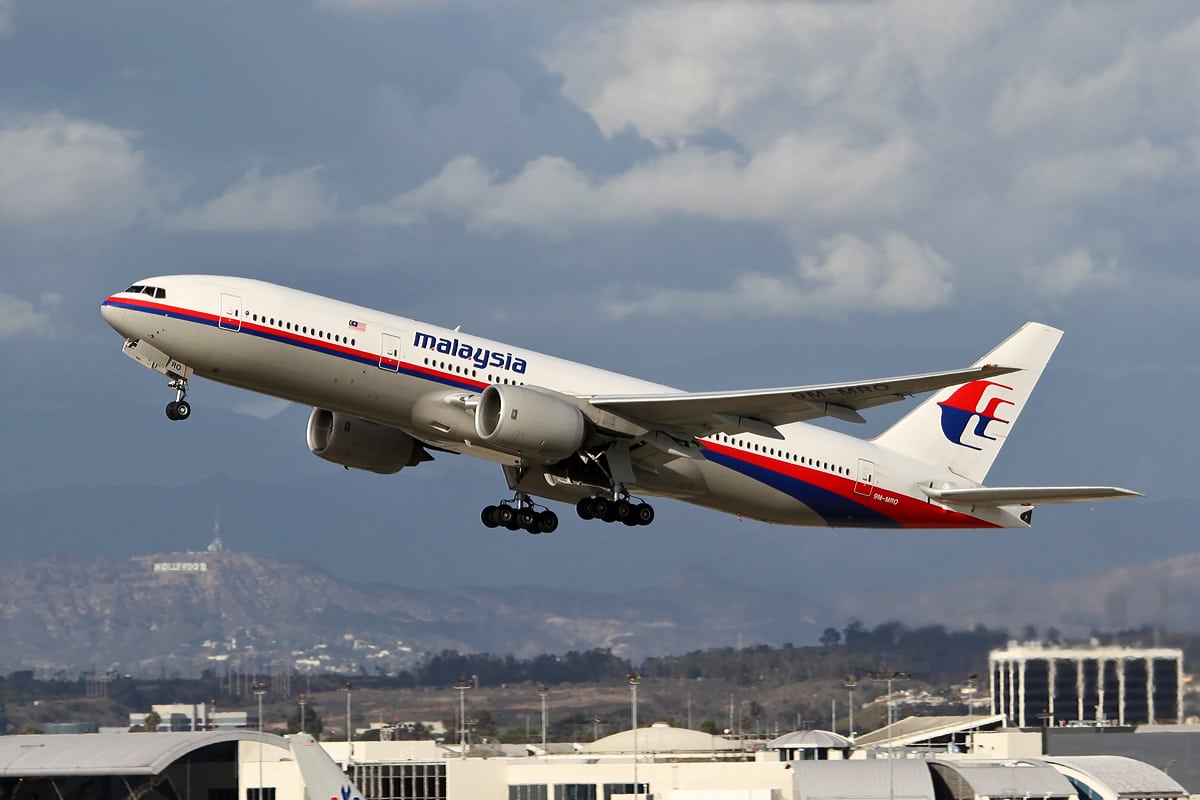n the annals of aviation history, certain catastrophes have left an indelible mark, serving as stark reminders of the inherent risks of air travel. From tragic accidents to mysterious disappearances, these events have captivated the world’s attention and spurred advancements in aviation safety. Join us on a journey to explore some of the most significant air disasters in history, delving into the circumstances surrounding each tragic event.
1. The Disappearance of Malaysia Airlines Flight MH370
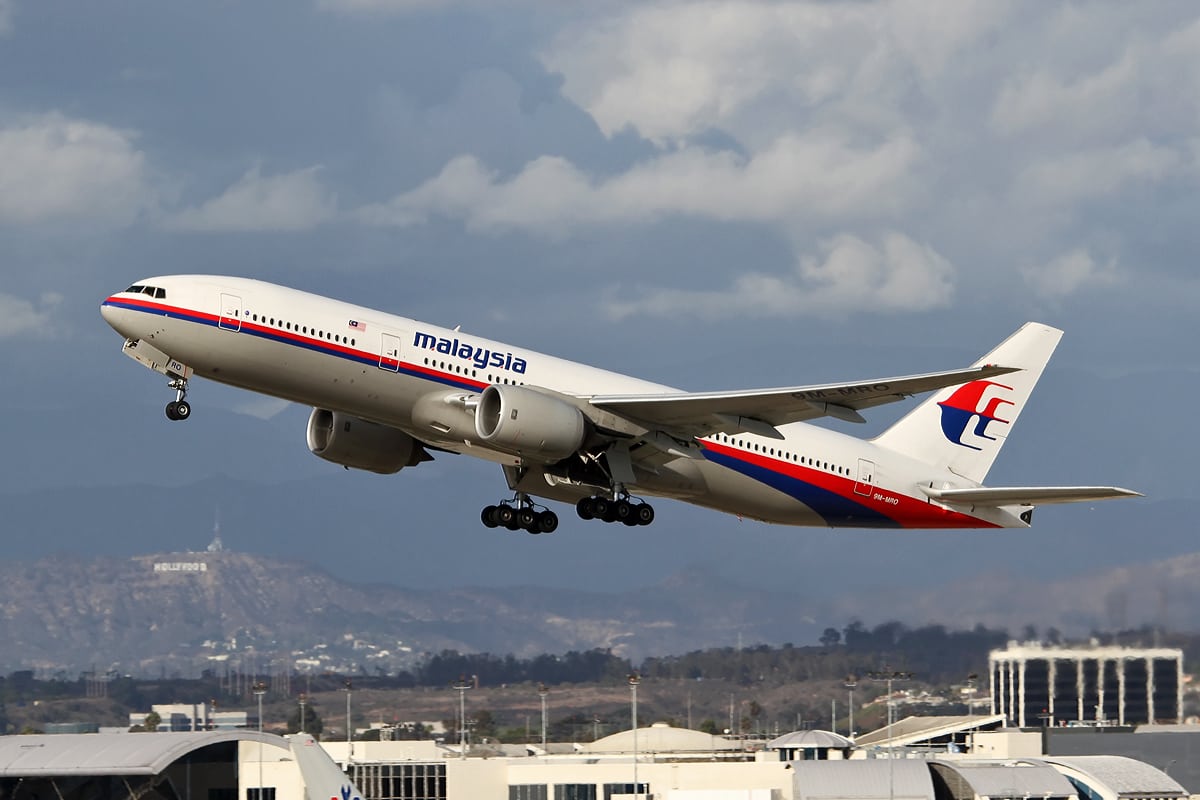
In March 2014, Malaysia Airlines Flight MH370 vanished from radar screens en route from Kuala Lumpur to Beijing, sparking one of the most extensive search efforts in aviation history. Despite extensive search efforts, the wreckage and fate of the aircraft remain shrouded in mystery, leaving behind unanswered questions and lingering grief for the families of the 239 passengers and crew on board.
2. The Tragedy of Pan Am Flight 103
In December 1988, Pan Am Flight 103 exploded over Lockerbie, Scotland, after a bomb planted by terrorists detonated on board. The tragic incident claimed the lives of all 259 passengers and crew on board, as well as 11 individuals on the ground. The investigation into the bombing spanned years and led to significant advancements in aviation security measures.
3. The Crash of Tenerife Airport

In March 1977, two Boeing 747 aircraft collided on the runway of Tenerife’s Los Rodeos Airport (now Tenerife North Airport), resulting in the deadliest aviation accident in history. Miscommunication and poor visibility due to thick fog contributed to the tragic collision, which claimed the lives of 583 individuals. The disaster prompted significant improvements in air traffic control procedures and crew communication protocols.
4. The Downfall of Japan Airlines Flight 123
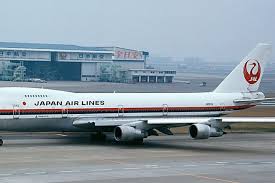
In August 1985, Japan Airlines Flight 123 suffered catastrophic structural failure mid-flight, leading to a devastating crash into Mount Osutaka, Japan. Despite valiant efforts by the crew and rescue teams, only four of the 524 passengers and crew members survived the ordeal. The tragedy, caused by improper repairs following a tail strike incident years earlier, underscored the importance of rigorous maintenance standards in aviation.
5. The Infamous Crash of Air France Flight 447
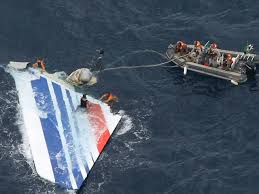
In June 2009, Air France Flight 447 plunged into the Atlantic Ocean during a nighttime flight from Rio de Janeiro to Paris, claiming the lives of all 228 passengers and crew on board. The subsequent investigation revealed a series of factors, including ice accumulation on the aircraft’s pitot tubes and crew mismanagement of the situation, which led to the tragic crash. The incident prompted improvements in aircraft design and pilot training to enhance safety during adverse weather conditions.
6. The Mystery of Malaysia Airlines Flight MH17
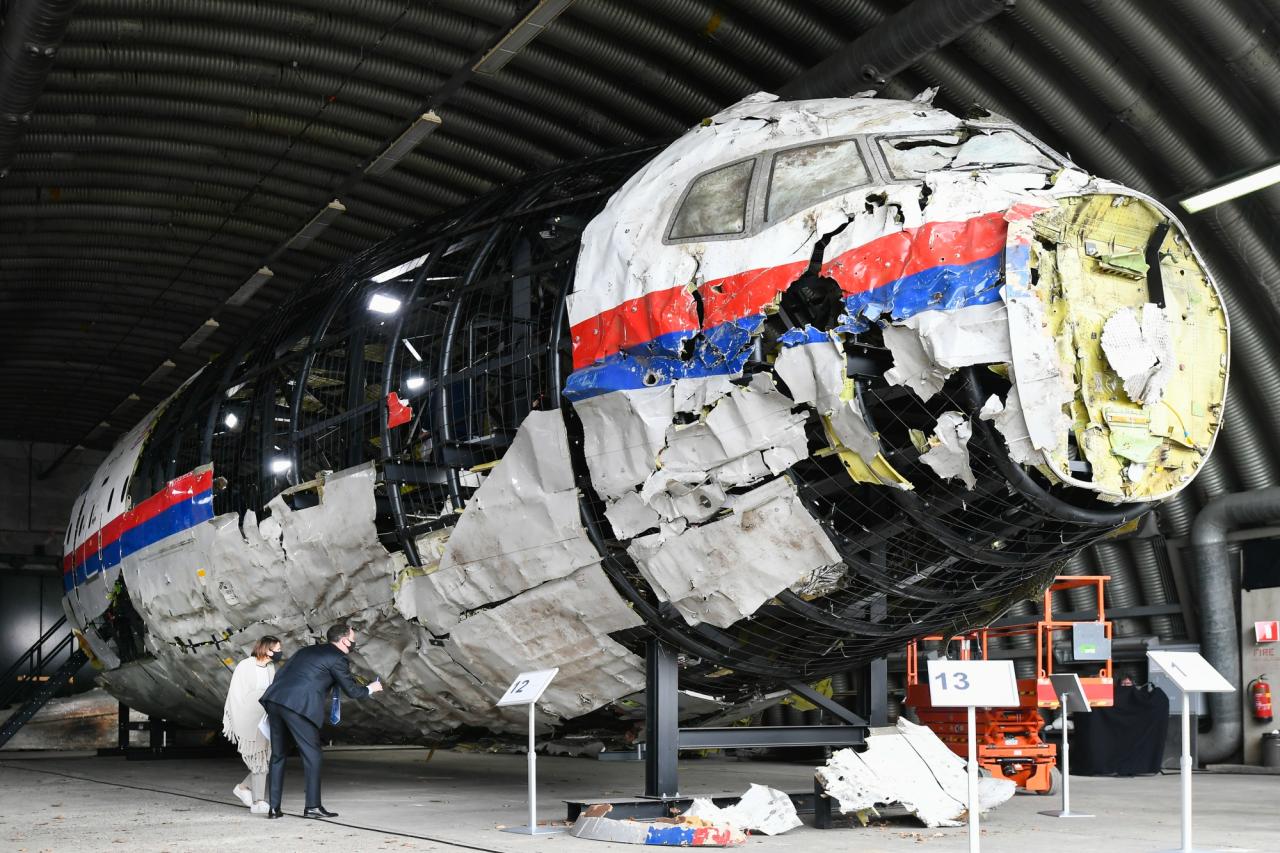
In July 2014, Malaysia Airlines Flight MH17 was shot down over eastern Ukraine while en route from Amsterdam to Kuala Lumpur, resulting in the loss of all 298 passengers and crew members on board. The exact circumstances surrounding the downing of the aircraft remain a subject of controversy and ongoing investigation, highlighting the complexities of modern air travel in politically unstable regions.
Seeking Answers, Ensuring Safety
As we reflect on these tragic events, we are reminded of the importance of diligent safety measures and continuous improvements in aviation technology and regulations. Each aviation disaster serves as a somber reminder of the need for vigilance and collaboration within the aviation industry to prevent future tragedies and ensure the safety of passengers and crew worldwide.

